Django 之模板篇
#
- 模板系统
- 模板-变量
- 模板-标签
- if 标签
- csrf 标签
- 源码
[欢迎阅读本专栏其他文章]
Django 之路由篇
Django 之视图篇
Django 之 Models(Models 模型 & 数据表关系)
模板系统
用到的代码会放在文末
- 模板:一组相同或者相似的页面,在需要个性化的地方进行留白,需要的时候只是用数据填充就可以使用
步骤:
- 在settings中进行设置: TEMPLATES
- 在templates文件夹下编写模板并调用
模板-变量
- 变量的表示方法;{ {var_name}}
- 在系统调用模板的时候,会用相应的数据查找相应的变量名称,如果能找到,则填充,或者叫渲染,否则,跳过
案例
two.html<!DOCTYPE html>
案例二 Hello {
{name}}Hello {
{name2}}
模板-标签
- for标签: {% for … in … %}
用法:
{% for .. in .. %}循环语句{% endfor %}
案例
three.html,显示班级成绩<!DOCTYPE html>
案例三
{% for s in score %}
{
{s}}
{% endfor %}
if 标签
- 用来判断条件
代码示例:
{& if 条件 &}条件成立执行语句{% elif 条件 %}条件成立执行语句{% else %}以上条件都不成立执行语句{% endif %}
案例
four.html<!DOCTYPE html>
案例四
{% if name == “ruochen” %}
{
{name}}, 你好,
{% elif name == “ruo” %}
{
{name}}, 你还记得大明湖畔的下雨天的荷吗?
{% else %}
{
{name}}, 你还有遗憾吗?
{% endif %}
csrf 标签
- csrf:跨站请求伪造
- 在提交表单的时候,表单页面需要加上 {% csrf_token %}
案例
five_get,five_post<!DOCTYPE html>
案例五
源码
urls.py
from django.conf.urls import include, url
from django.contrib import admin
from mytpl import views as vurlpatterns = [
# Examples:# url(r'^$', 'django_tpl.views.home', name='home'),# url(r'^blog/', include('blog.urls')),url(r'^admin/', include(admin.site.urls)),url(r'^one/', v.one),url(r'^two/', v.two),url(r'^three/', v.three),url(r'^four/', v.four),url(r'^five_get/', v.five_get),url(r'^five_post/', v.five_post),
]
views.py
from django.shortcuts import render
from django.http import HttpResponseCreate your views here.
def one(request):
return render(request, r'one.html')
def two(request):
# 用来存放模板中传递的数据ct = dict()ct['name'] = 'ruochen'ct['name2'] = 'ruo'return render(request, r'two.html', context=ct)
def three(request):
ct = dict()ct['score'] = [99, 86, 23, 100, 46]return render(request, r'three.html', context=ct)
def four(request):
ct = dict()ct['name'] = 'ru'return render(request, r'four.html', context=ct)
def five_get(request):
return render(request, r'five_get.html')
def five_post(request):
print(request.POST)return render(request, r'one.html')
settings.py
“”” Django settings for django_tpl project. Generated by ‘django-admin startproject’ using Django 1.8. For more information on this file, see https://docs.djangoproject.com/en/1.8/topics/settings/ For the full list of settings and their values, see https://docs.djangoproject.com/en/1.8/ref/settings/ “””
Build paths inside the project like this: os.path.join(BASE_DIR, …)
import os
BASEDIR = os.path.dirname(os.path.dirname(os.path.abspath(_file)))
# Quick-start development settings - unsuitable for production# See https://docs.djangoproject.com/en/1.8/howto/deployment/checklist/# SECURITY WARNING: keep the secret key used in production secret!SECRET_KEY = '_qwgzdbkb&m5tzm%@b*^xh7(!u-)-v&&uk896dxj)wj3^@h_xb'# SECURITY WARNING: don't run with debug turned on in production!DEBUG = TrueALLOWED_HOSTS = []# Application definitionINSTALLED_APPS = ('django.contrib.admin','django.contrib.auth','django.contrib.contenttypes','django.contrib.sessions','django.contrib.messages','django.contrib.staticfiles','mytpl',)MIDDLEWARE_CLASSES = ('django.contrib.sessions.middleware.SessionMiddleware','django.middleware.common.CommonMiddleware','django.middleware.csrf.CsrfViewMiddleware','django.contrib.auth.middleware.AuthenticationMiddleware','django.contrib.auth.middleware.SessionAuthenticationMiddleware','django.contrib.messages.middleware.MessageMiddleware','django.middleware.clickjacking.XFrameOptionsMiddleware','django.middleware.security.SecurityMiddleware',)ROOT_URLCONF = 'django_tpl.urls'TEMPLATES = [{'BACKEND': 'django.template.backends.django.DjangoTemplates',# 告诉django,在当前项目目录下查询叫templates的文件夹,下面是模板'DIRS': [os.path.join(BASE_DIR, 'templates')],'APP_DIRS': True,'OPTIONS': {'context_processors': ['django.template.context_processors.debug','django.template.context_processors.request','django.contrib.auth.context_processors.auth','django.contrib.messages.context_processors.messages',],},},]WSGI_APPLICATION = 'django_tpl.wsgi.application'# Database# https://docs.djangoproject.com/en/1.8/ref/settings/#databasesDATABASES = {'default': {'ENGINE': 'django.db.backends.sqlite3','NAME': os.path.join(BASE_DIR, 'db.sqlite3'),}}# Internationalization# https://docs.djangoproject.com/en/1.8/topics/i18n/LANGUAGE_CODE = 'en-us'TIME_ZONE = 'UTC'USE_I18N = TrueUSE_L10N = TrueUSE_TZ = True# Static files (CSS, JavaScript, Images)# https://docs.djangoproject.com/en/1.8/howto/static-files/STATIC_URL = '/static/'


























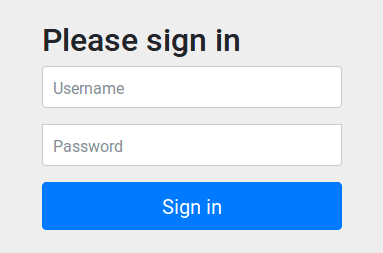
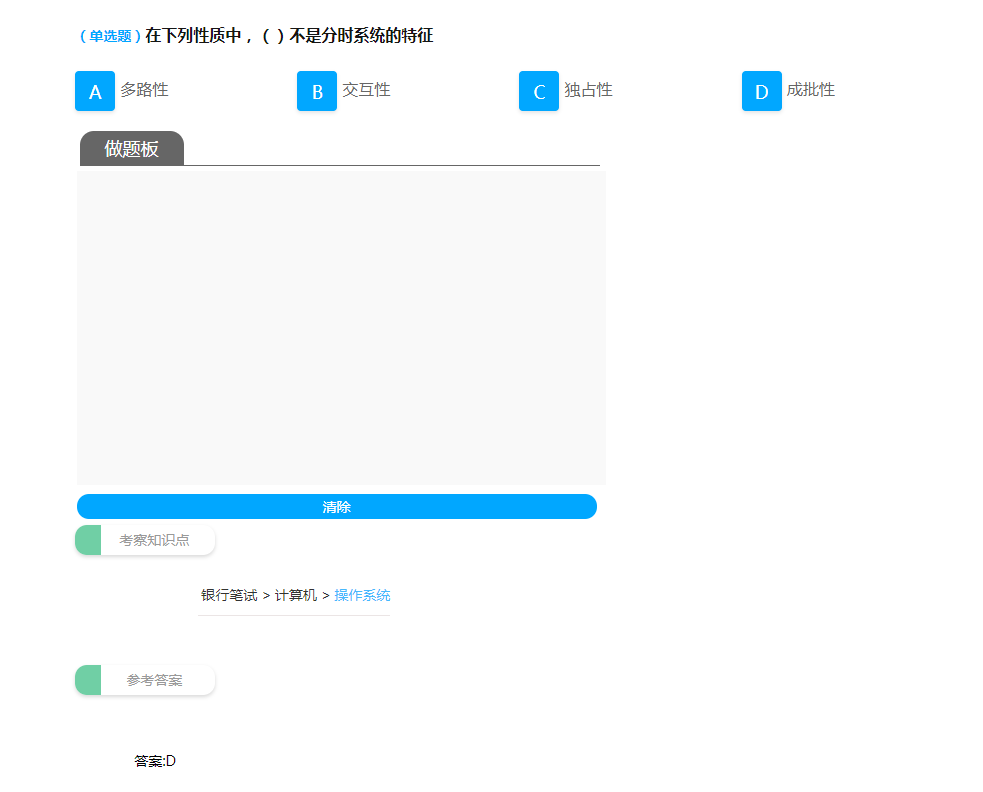
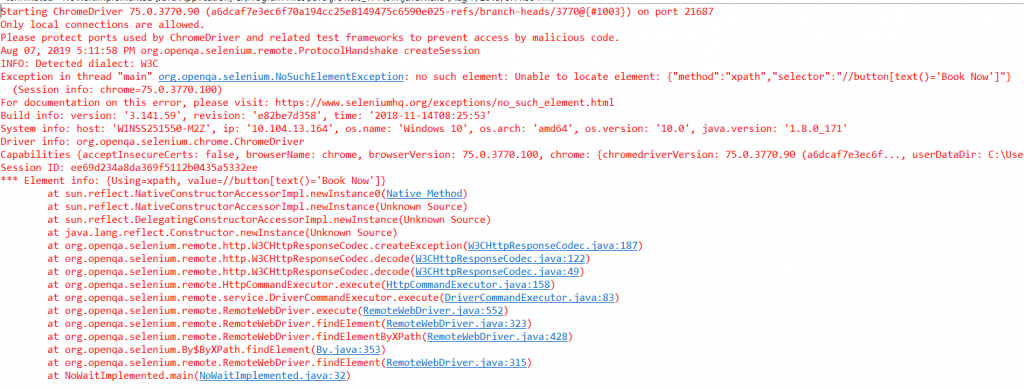
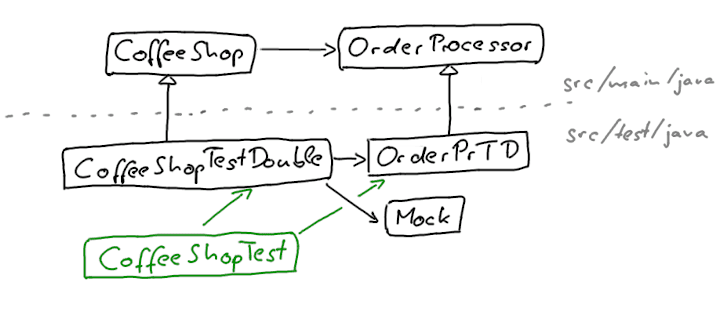

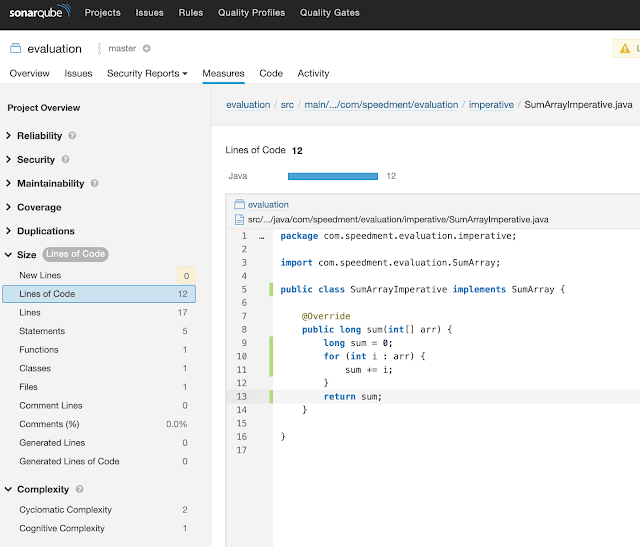



还没有评论,来说两句吧...